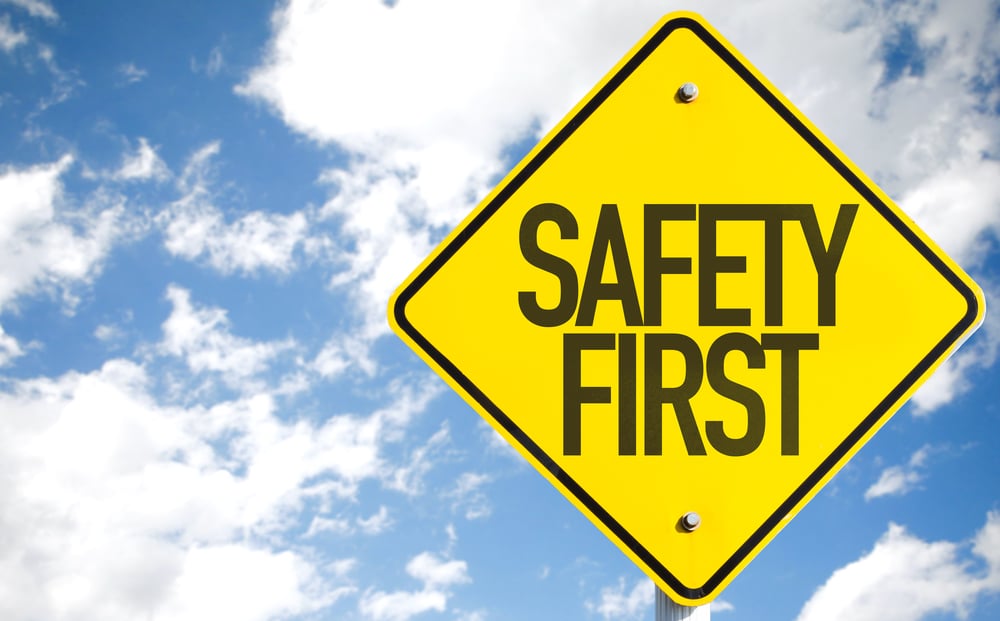How much attention does your workplace pay to safety practices and observing proper regulations? If you’re like many American businesses, not nearly enough. Some workplaces may even consider themselves immune to certain risks–after all, an office environment doesn’t often deal with driving heavy vehicles that require extensive training. But safety is rarely that simple. Your workplace should be aware of both legal requirements and common sense when it comes to creating workplace safety guidelines to keep employees safe.
[bctt tweet=”As a business owner, how much attention to you give to #safetypractices? Start with these simple guidelines to keep yourself and your employees safe.” via=”no”]
Promote a Safe Workplace
Even if you don’t think your business has to worry about safety concerns that aren’t relevant to your industry, don’t neglect safety rules as a whole. Your employees may be facing risks not noticeable at first. Keep these guidelines in mind:
- Take regular breaks
- Stay aware of your surroundings
- Train your employees
- Keep emergency equipment accessible
- Don’t ignore dangerous conditions
1) Take Regular Breaks
Allow and encourage your employees to take breaks throughout the day. Not only are certain break times legally required, but a short time to stop working and eat lunch or just relax contributes immensely to your employees’ mental and physical health. Encouraging breaks will contribute both to a safer and more productive work environment.
2) Stay Aware of Your Surroundings
This rule is important no matter where you work. Environments will change, and if you or your employees stop paying attention to your familiar surroundings, changes will catch you off guard and could contribute to accidents. For a rather embarrassing example, consider what could happen if an automatic door suddenly stops working. It would be all too easy to run headlong into the door, expecting it to open. Instead, it always pays to make sure everything is as you remember it.
3) Train Your Employees
Do your employees understand your business’s protocol for emergency situations? More importantly, do they know how to administer CPR and first aid when necessary? If the answer to either question is no, your first priority should be providing the proper training to your employees immediately. Knowing what to do in an emergency is absolutely crucial to preventing further problems and confusion. Don’t let a lack of understanding make a bad situation worse.
4) Keep Emergency Equipment Accessible
Most businesses will at least have a first aid kit. But how up-to-date are the supplies it contains? More importantly, how accessible are those supplies to begin with? In an emergency situation, the last thing anyone needs is to frantically hunt for the first aid kit or AED as time runs out. Keep your emergency equipment updated, in good condition, and easily accessible at a moment’s notice.
Pro Tip: If your workplace doesn’t have an AED, consider buying one. This revolutionary device could save a life if emergency services are delayed.
5) Don’t Ignore Dangerous Conditions
Part of keeping the workplace safe is identifying and fixing unsafe conditions. Don’t leave a potentially dangerous situation alone! If you or an employee discover something that could cause an accident or workplace injury, have it fixed as soon as possible or report it to someone who can. Take preventive measures against potential disasters.
Safety and Health in the Workplace
By keeping yourself and your employees safe and informed, not only will you be in compliance with federal law, but you’ll also foster a secure environment where your employees know they aren’t at risk. An emphasis on safety does more than just reduce your risks, after all! These workplace safety guidelines are an excellent starting point for any business owner looking to foster a safe work environment.
Connect with us for more information on workplace safety and accident prevention.





